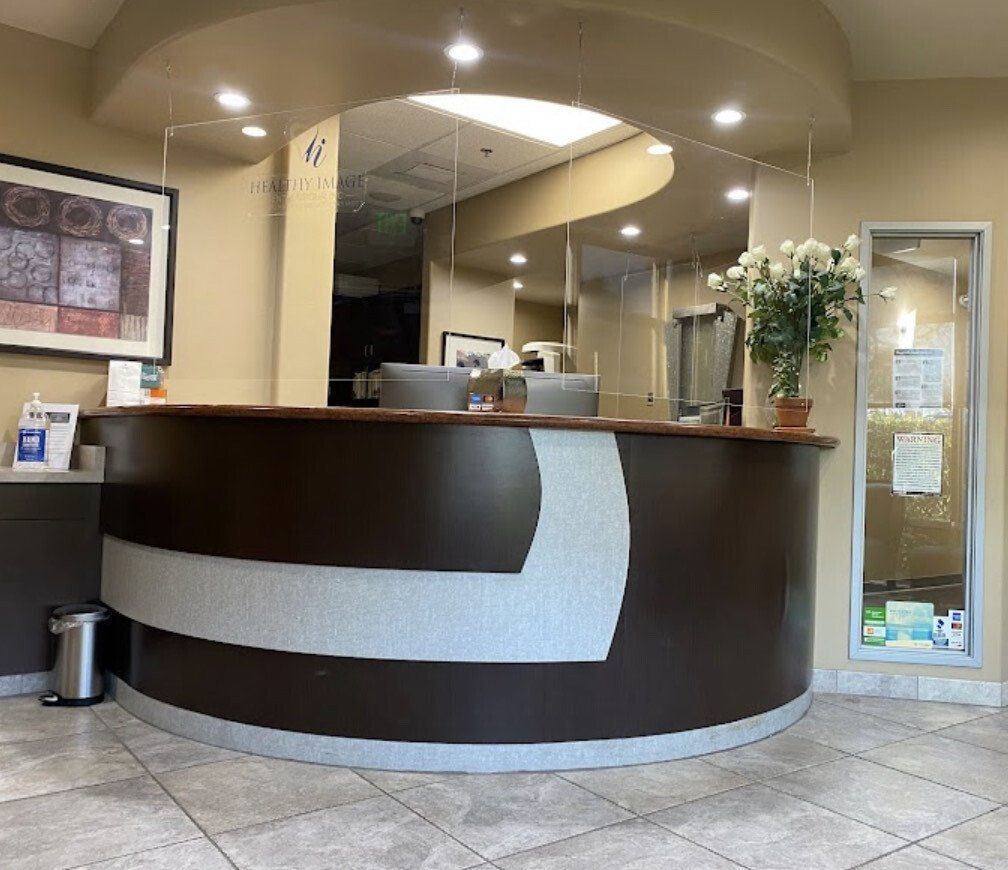Types of Partial Dentures to Consider
- By Dr. Sindy F.
- •
- 04 Jan, 2018
1. Cast Metal Removable Partial Denture
The most common type of removable partial denture consists of high-quality replacement teeth on a rigid cast metal frame. Less expensive cast metal partials attach to the existing teeth with metal clasps, but precision attachments are usually preferred for aesthetic reasons. With proper care, a cast metal removable partial denture can last for many years.
2. Acrylic Removable Partial Denture (Flipper)
Often referred to as a “flipper,” an acrylic removable partial denture is generally considered less optimal than a cast metal partial. The main reason is that the replacement teeth are set in a pink acrylic base that must be thick and bulky to minimize the risks for breakage. A flipper is attached to your natural teeth with metal clasps, which may be visible during talking and smiling. Most people are able to speak and eat fairly normally with a flipper, but the bulkiness can be aggravating. This is generally considered a temporary solution, used as an interim device while a more permanent restoration is created. However, flippers are the least expensive partials, and some people successfully use them for years.
3. Flexible Partial Denture
If you experience discomfort from an acrylic or cast metal partial, or if you are allergic to acrylic, a flexible partial denture might be a better solution for you. Made from a thin, heat sensitive type of plastic, a flexible partial is both comfortable and highly realistic in appearance. Flexible partials are attached with thin, gum colored clasps that fit into the natural spaces around your teeth. Flexible partials are more expensive than flippers, and are also considered a temporary option, but they are durable enough that some patients wear them for many years.
4. Fixed Bridge
Fixed bridges are an excellent solution for those with one or two missing teeth with healthy teeth at either end. Rather than being removable, a fixed bridge remains in your mouth at all times and is brushed just like your existing teeth. Your dentist will suggest floss or another device to clean the spaces underneath the bridge. A fixed bridge is comprised of a crown at each end, with replacement teeth known as pontics in between. While this is an extremely popular solution, it does have its own drawbacks. In particular, the healthy teeth must be ground down and prepared to accept the crowns, placing them at greater risk for future decay. Maryland bridges and similar options cause less damage to the healthy teeth, but the results are not always as aesthetically pleasing as a traditional fixed bridge.
5. Implant-Supported Fixed Bridge
If you are missing too many teeth for a fixed bridge, or do not want to damage your existing healthy tooth structure, an implant-supported fixed bridge might be the best choice. Dental implants are small posts made of biocompatible titanium that replace tooth roots. Instead of natural teeth, the bridge is supported by a series of implants. In fact, if enough implants are placed, this type of bridge can actually replace a full arch of teeth, eliminating conventional full dentures. Like a traditional fixed bridge, an implant-supported bridge is placed permanently rather than being removable. Although the initial investment is high, an implant-supported fixed bridge can last for a lifetime.
Partial dentures come in many different varieties, and there is no single best option. You and your dentist will work together to choose the option that best meets your budget, goals, and individual dental needs.
*CLOSED FOR LUNCH
12:00 PM - 1:00 PM
916.786.6431
| HOURS OF | OPERATION |
|---|---|
| Monday | 8:00 am - 5:00 pm |
| Tuesday | 8:00 am - 5:00 pm |
| Wednesday | 8:00 am - 5:00 pm |
| Thursday | 8:00 am - 5:00 pm |
| Friday | APPOINTMENT ONLY |
| Saturday | CLOSED |
| Sunday | CLOSED |

Healthy Image Dental Group, Inc.
576 North Sunrise Avenue Suite 140
Roseville, CA 95661
Office (916) 786.6431
Email: healthyimagedentalgroup@gmail.com
Copyright ©2024 Healthy Image Dental Group, Inc. All Rights Reserved. Designed by Beautiful Site Designz
